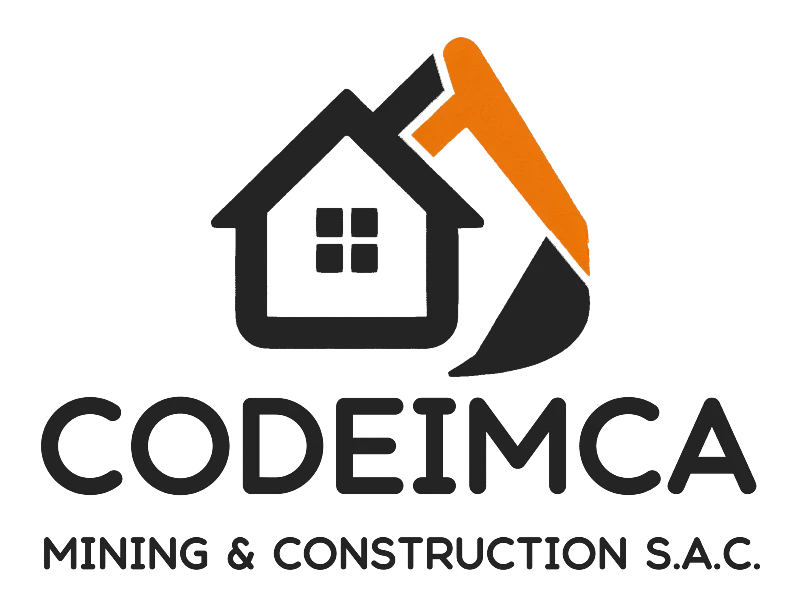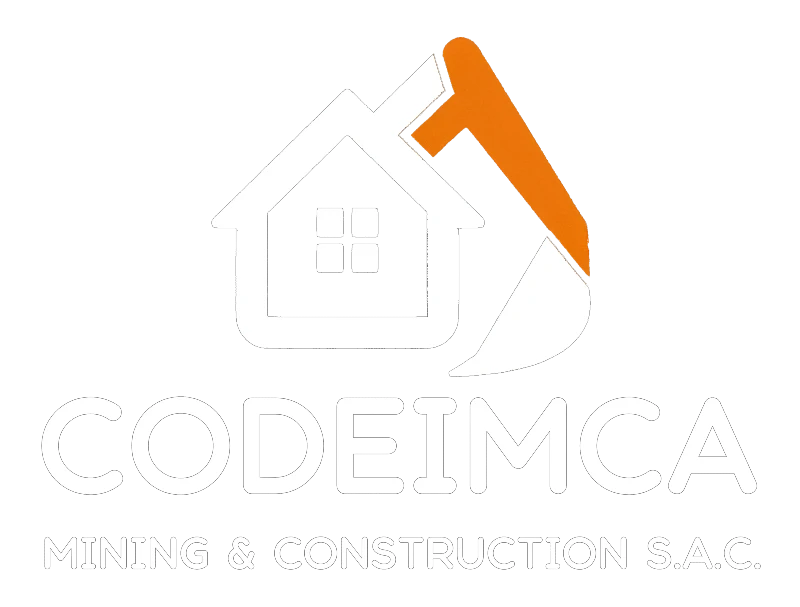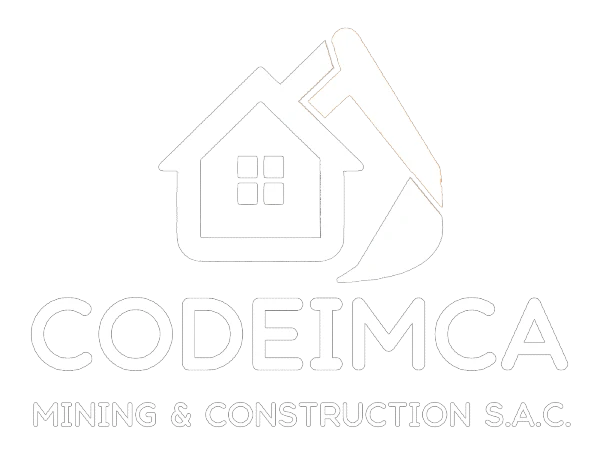Seequent and the Invisible Geology
At BIMCommunity, we recently had the opportunity to delve into a fascinating aspect of modern engineering: the subsurface.
To understand its importance, we met with Angela Harvey of Bentley Systems, Chief Customer Officer for Seequent. The meeting focused on how this tool is changing the way BIM and engineering professionals approach their projects holistically.
The Challenge of the Invisible
We addressed the biggest challenge of working with the subsurface: we can’t see it. As Angela explains, “unlike surface structures, where plans and measurements give us certainties, underground data is limited and expensive to obtain. Borings, for example, only offer an approximation.”
Adding to this is the complexity of data from various sources, such as geological and electromagnetic studies, each with a different format. In addition, in infrastructure projects, multiple teams and providers need to collaborate, but they often don’t share a common language, which creates information silos and can lead to misunderstandings.
This is where the value of Seequent comes in, a software that provides geospatial data modeling, analysis, and management solutions. The tool developed by Bentley offers a way to visualize in 3D what’s beneath our feet. This unified representation of the subsurface makes it easier for everyone to understand, not just geologists, which fosters true collaboration.
The Canary Wharf Bridge Case Study
To understand the real impact of this technology, we asked for a concrete example. Angela told us about the South Dock Bridge project in Canary Wharf, developed by Arcadis. It was a comprehensive example of architecture, engineering, and management. The challenge was to build a pedestrian bridge in a narrow canal, surrounded by glass buildings, in an area with heavy boat traffic. The design required the bridge to be raised and lowered to allow boats to pass.

Arcadis used Leapfrog, a Seequent tool, to model the subsurface data and assess risks. By having a clear, shared view, the teams were able to work more efficiently, reducing meetings and saving 20% in working hours. This example shows how visualizing subsurface data not only prevents errors but also optimizes the design process and decision-making.
Efficiency and Open Standards
In addition to reducing working time, knowledge of the subsurface also helps to implement improvements aimed at resilience and efficiency, two key concepts in project development. According to Angela, Seequent is not just software; this platform allows for continuous model updates. As more data is obtained, the model becomes more accurate, allowing teams to optimize the project in real time. This is especially useful for material reuse, which generates savings and environmental benefits.
In this regard, the chief customer officer highlights Bentley and Seequent’s commitment to open data standards, as they understand that users need the freedom to integrate data from different sources. In fact, Seequent has participated in the development of IFC standards for geotechnical projects, ensuring that the subsurface is represented in these methodologies.
In addition to freedom of movement, users also need some training to implement any new tool. In the case of this platform that Angela proposes, Seequent offers free training for professionals who adopt this technology, in addition to other existing tools such as Visible Geology, a free application that “gamifies” learning for students.
A Resilient Future
With the growth of cities, climate change, and the growing demand for resources, infrastructure must be more resilient than ever. When we asked Angela about her vision for the future, she explained that a solid knowledge of the subsurface is the foundation for planning for the unexpected and reacting quickly when a problem occurs.
Basically, she recapped, it’s about taking into account the importance of the subsurface for infrastructure; the need to train the entire community involved to adopt this type of tool; and, finally, the importance of openness and collaboration between platforms to build a more resilient future.
Let’s remember that even in such a complex world, the work done in the construction sector and the contributions of professionals such as engineers and architects can make a real difference, starting with what is unseen.
Fuente: Blog de BIM



